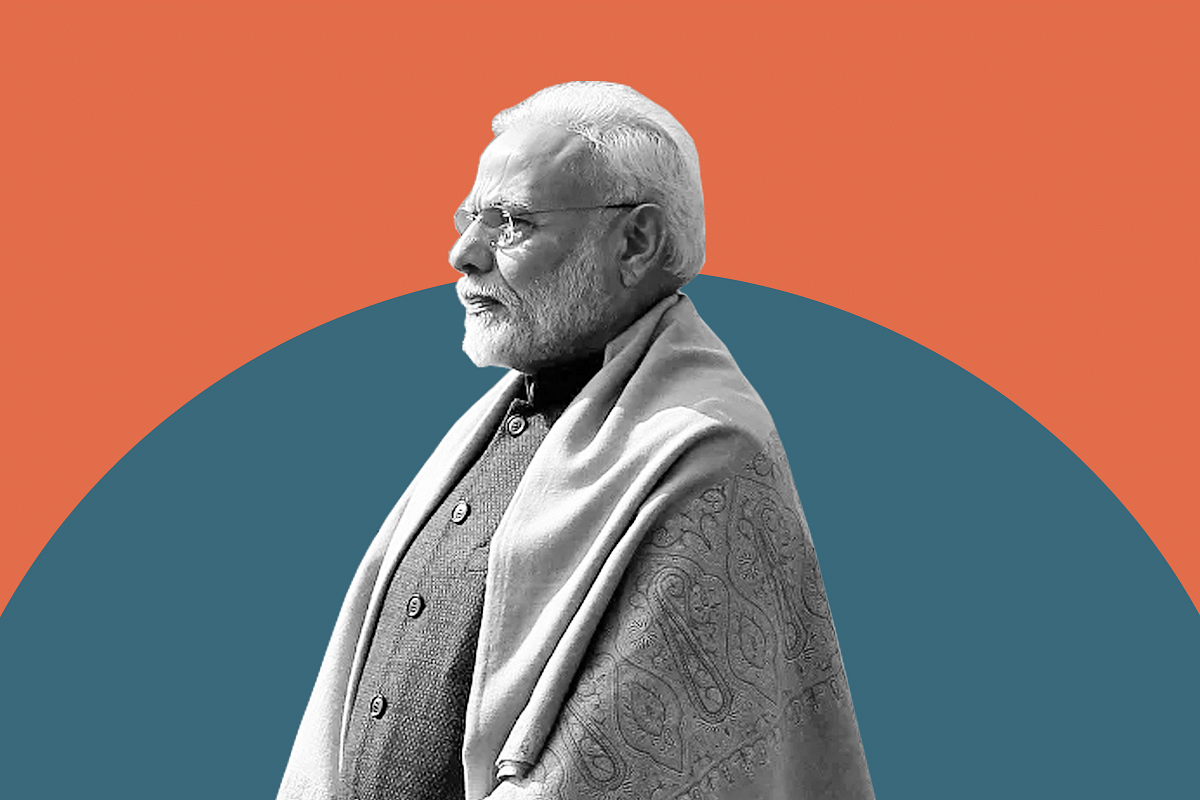
Jobs Are Reviving: Modi Has A 90-Day Window To Get Big Reforms Done, So That It Sustains
Prime Minister Narendra Modi has just 90 days more to get key reforms done and put the economy back in higher gear.
If this opportunity is lost, revival won’t happen even towards the end of this fiscal year.
Even as India has steadily reduced the intensity and spread of its Covid-19 lockdown, there has been a dramatic fall in unemployment levels.
According to data from the Centre for Monitoring Indian Economy (CMIE), the unemployment rate peaked between April and mid-May, with the overall rate at 24.01 per cent on 17 May. The urban unemployment rate peaked at 30.9 per cent on 5 April and rural unemployment at 22.8 per cent on 17 May.
But come mid-June, with most of the rigours of the lockdown ending in most states, the overall unemployment rate (urban plus rural) was down with a thud to 11.63 per cent.
The 30-day moving average of overall unemployment peaked around the last week of May at over 26 per cent, and stood at 14.7 per cent as of 21 June.
The 30-day moving average is currently higher than the actual unemployment rate since the rates were higher in the first half of those 30 days.
One needs to keep one’s fingers crossed for a some more time, as one cannot be sure whether the sharp drop in unemployment is because jobs are back, or because fewer people are looking for jobs right now in the midst of the pandemic which seems to be worsening.
The unemployment rate is impacted by two numbers: the number of people without jobs who are still looking for jobs, and the size of the labour force (which is the sum of people with jobs and those actively looking for one). The unemployment rate can fall even if there are fewer jobs around, since many people may – in the short-term – stop looking for work and thus fall out of the labour force calculation.
The government should learn four lessons from this abrupt collapse and sharp revival in jobs.
First, the revival of jobs is largely at the unorganised end of the market, where labour law protections are limited or even non-existent. The fall in unemployment reflects the huge flexibility in contract and daily wage jobs that expand and contract almost without notice.
This implies that the most important reform we need is flexible labour laws. If employers are given flexibility in employment terms, they will hire more as demand rises and less when demand falls. But what we will have is a flexible labour market.
Second, as a corollary, one should add that plans to formalise the workforce by extending social security benefits for migrant and daily wage labourers – a good thing in itself – should be backloaded, to some time in 2021-22, after the crisis phase of the pandemic ends. Trying to formalise more jobs in the midst of an employment crisis, when there is a general reluctance to hire, is not advisable.
Third, the economy can grow with or without flexible labour laws. During the first half of the United Progressive Alliance (UPA) period, despite high gross domestic product (GDP) growth, jobs hardly grew. This is because high growth makes capital more easily available and often the most unviable projects get funded during this.
Employers are happy to use more automation by using more capital and less labour when retrenchment laws are inflexible. The loan boom peaked in 2006-08, causing much of the bad loans problem in subsequent years for banks. It is when banks are unwilling to lend more that employers will be most willing to substitute variable cost labour for automation, and this opportunity to push jobs must not be lost.
Fourth, one can expect jobs growth to slow down during the monsoons, when construction and other activities ease up. The revival will start happening towards the end of September or early October.
This implies that the timing of any stimulus must be targeted for some time in August-September, so that just as the monsoons end and festival demand starts, we will get a much higher boost in growth and jobs from October.
Two simple thoughts: get labour law changes done in the monsoon, and cut goods and services tax (GST) rates by September-end latest, and by October we will see the economy revving up.
If, additionally, we also ease up on land laws and the restrictions on farm trade are removed by scrapping the Agriculture Produce Marketing Committee (APMC) Acts, India will actually see the back of the recession in the third and fourth quarters of fiscal 2020-21.
Narendra Modi has just 90 days more to get key reforms done and put the economy back in higher gear. If this opportunity is lost, revival won’t happen even towards the end of this fiscal year.
Political backsliding will begin once big elections fall due in 2021 (West Bengal, among them). This year only Bihar is up for grabs, and the National Democratic Alliance (NDA) seems well placed. If labour reform is sold as an attempt to get more jobs to places which send out migrants, it may even be a political plus.